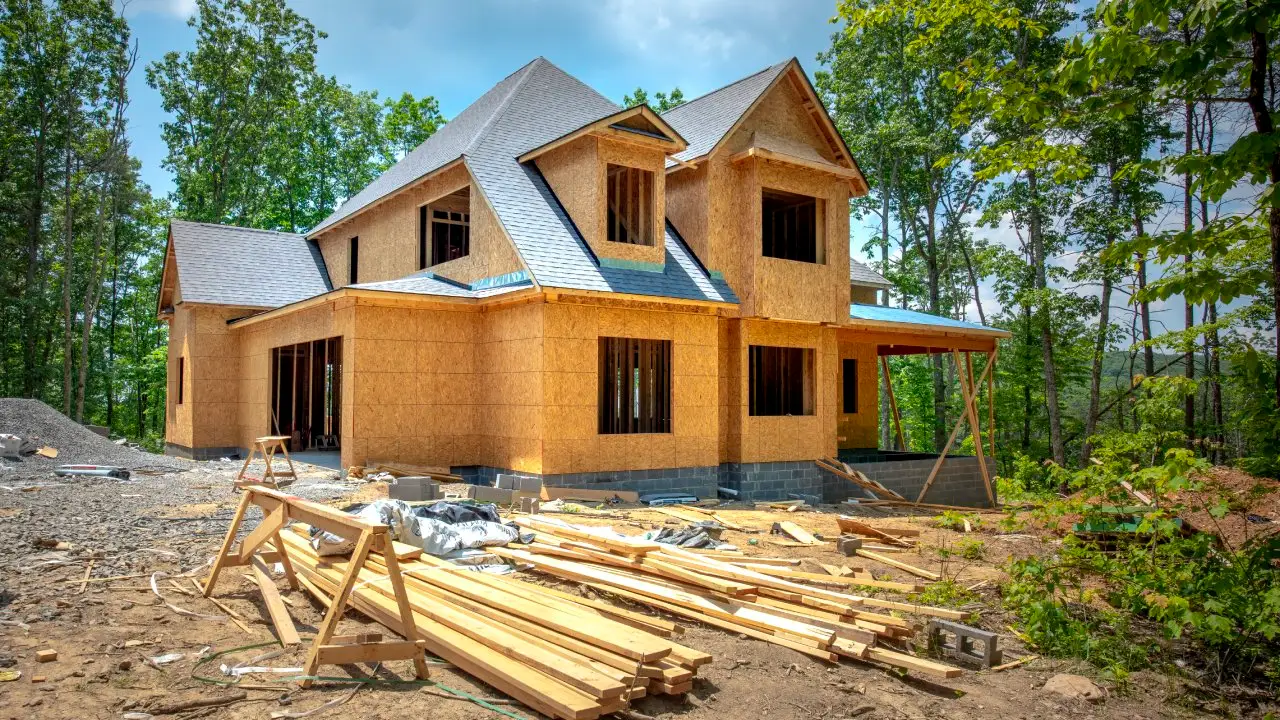On September 20, 2002, California Governor Grey Davis signed into law Senate Bill 800 known as the “Right to Repair Act” in response to the building industry’s demands to have an absolute right of repair for construction related deficiencies and the consumer bar’s demands to eliminate the economic loss doctrine for defects that must result in damage under the existing Aas v. Superior Court (2002) 24 Cal.4th 627 decision. The “Right to Repair Act” as codified in Civil Code §§ 895-945.5, often referred to as SB800 established a pre-litigation protocol for construction defect claims for any property that was sold after January 1, 2003, including certain obligations on the part of the homeowners, shortened statutes of limitations, and functionality standards for construction. SB800 was to provide an exclusive remedy to homeowners through this statutory scheme (Civil Code §943) as opposed to pursuing traditional common law claims including negligence, breach of implied warranties and strict products liability. Now, over 15 years later, Supreme Court made clear that the right to repair statute is the exclusive remedy for plaintiffs.
On January 18, 2018, the Supreme Court issued its decision in McMillin Albany, LLC v. Superior Court (Cal. January 18, 2018) 2018 Cal. LEXIS 211 which held that the Right to Repair Act was intended by the California legislature to be the exclusive remedy for plaintiffs suing in a construction defect action. Practically, this means that plaintiffs can now only allege the statutory violations within SB800 in their Complaints, and can no longer assert common law causes of action.
Also importantly, however, the ruling resolved a split amongst the California Courts of Appeal, wherein the Fourth Appellate Distict in holdings in Liberty Mutual Insurance Co. v. Brookfield Crystal Cove, LLC (2013) 219 Cal.App.4th 98 and Burch v. Superior Court (2014) 223 Cal.App. 4th 1411 ruled that the Right to Repair Act was not the exclusive remedy to homeowners seeking relief for construction deficiencies, but one alternative in an election of remedies. For alleged defects that had not yet resulted in actual property damage in violation of the Aas standard, the homeowner could elect to proceed under SB800. For alleged defects that had manifested in actual damages, a homeowner could elect to proceed under traditional common law causes of action and avoid the pre-litigation procedures and builder’s right to repair afforded under SB800.
The Court instead sided with the Fifth Appellate District’s holdings in McMillan Albany LLC v. Superior Court [Van Tassell] (2015) 239 Cal.App. 4th 1132, Elliot Homes v. Superior Court [Hicks] (2016) 6 Cal.App. 5th 333, and Gillotti v. Stewart (2017) 11 Cal.App.5th 875 where the Fifth District ruled, as the Supreme Court did, that the Right to Repair Act is the exclusive remedy for plaintiffs, which also gives builders the right to repair deficiencies with construction prior to the onset of costly litigation.
Our office has worked with clients as well as opposing counsel to find solutions to the issues raised by both the split in case law up until mere weeks ago, and has already begun to tailor those solutions with new guidance from the Court. We make sure to keep an eye on developing trends in the law and build them into our client’s contract documents as early in the process as possible.
Contact the team of highly skilled attorneys at Kahana & Feld LLP by calling 949-812-4781 to assist you in handling complex construction litigation, including the rights and obligations imposed on and granted to builders in the Right to Repair Act.




